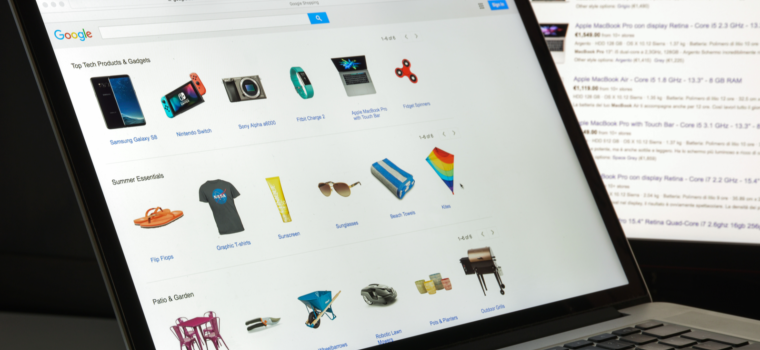
Google is reportedly preparing for another strong push to beat e-commerce. Here’s what you need to know to prepare.
A Bloomberg report says Google is gearing up for another run at retail giant Amazon with a new determination to beat e-commerce.
E-commerce is “a division [Google] has tried and failed to figure out many times before,” the report says.
If Google is serious about e-commerce again, why should things change this time?
First, there is a new vice president since the last time Google was active in e-commerce.
Prabhakar Raghavan, Google’s senior vice president who oversees search, maps and announcements, gave everyone a glimpse of his vision at this year’s Google I/O conference.
Raghavan’s influence on Google’s retail strategy goes back to his promotion in 2020, when Google got rid of the fees it charged for online purchases.
Bloomberg describes Raghavan’s vision as “anti-Amazon.” Retailers have to pay Amazon to use their website as a storefront, while Google recently began allowing businesses to run shopping ads for free.
Free shopping lists sound like an effective way for businesses to get in front of customers, but are customers willing to use Google as a place to buy products?
In this article, we’ll look at whether Google can realistically compete with Amazon in the shopping space. Then we’ll discuss what that means for businesses and what they can do to prepare for e-commerce from Google.
There are early signs that Google’s new approach to e-commerce is working.
Google recently revealed in a revenue report that e-advertising contributed 43% to the increase in search revenue in 2021.
Advertisers are willing to accept the direction Google is taking, but what about customers?
Last year, Google reported that more than a billion people shop their properties every day.
A Morgan Stanley study released in the fall of 2021 found that consumers used Google and YouTube to research products and prices in stores more often than they used Amazon, EBay or Walmart.
Even Amazon’s most loyal customers, Prime subscribers, search for products on Google more often.
In April, Morgan Stanley reported that 59% of survey respondents who are Amazon Prime members said they had started researching products on Google. That number is up from 50% last fall.
However, industry insiders tell Bloomberg that Google’s retail-friendly approach to e-commerce is not attracting a significant number of new customers.
Google has succeeded in getting buy-in from advertisers and retailers, now it needs to figure out how to turn search into buyers.
There are two things retailers can do now to position themselves for success as Google brings its e-commerce vision to life.
First, download the product feed in the Google Merchant Center. You can learn all about how to do this in this beginner’s guide to ad buying.
There are no upfront costs associated with using Google Merchant Center, and you only pay if you decide to run premium ads.
This brings us to our next recommendation, which is to use Google’s free product listings.
With a product feed uploaded to Google through the Merchant Center, you can display your shopping lists for free.
The main difference between paid and free shopping lists is that one takes precedence over the other. In terms of appearance and functionality, they are identical.
In addition to getting listed in the shopping tab, chances are your free lists will show up in search results.
Finally, you can stay alert by paying close attention to the latest Google updates. I suspect we’ll see innovative efforts from Google throughout the year to attract more shoppers.

 Get in Touch
Get in Touch 


